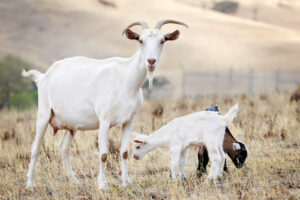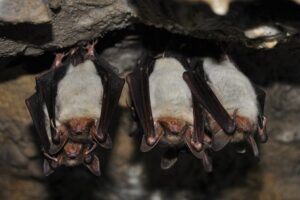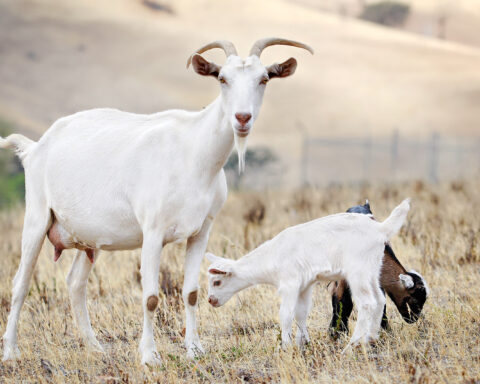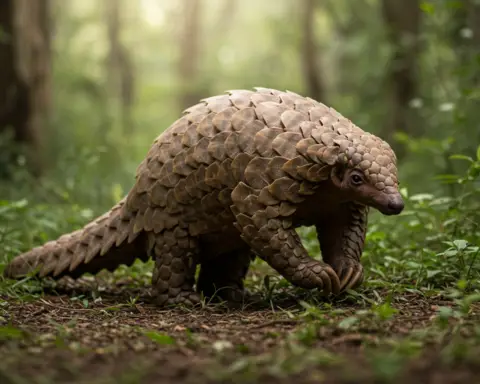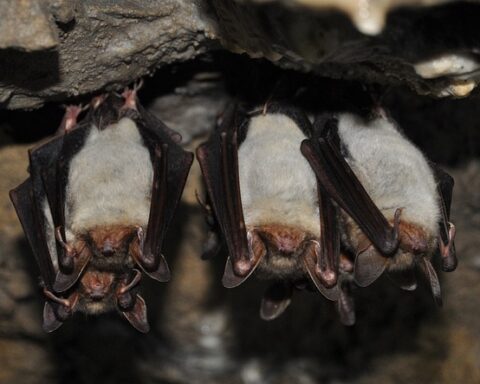Bottlenose dolphins are among the most amazing oceanic species.
We understand a lot about dolphins because they’ve spent time with them. People think of them as adorable, amiable, and talented creatures. Their charm will leave everyone speechless.
Aside from their impressive leaps and antics, these swimmers’ intellect captivates children and adults. Join us as we dive deeper into the lives of our favorite sea performers here, as described and explained by businesses that offer boat tours in Johns Pass.
An Overview of Through the Looking Glass
Most of the population prefers Tursiops truncatus, also known as bottlenose dolphins. They have a natural appeal and the capacity to adapt to and coexist with people. These dolphins may be found in nearly every body of water, including gulfs, ports, bays, estuaries, and tropical areas. They also have a strong presence in plays, movies, and television appearances.
These aquatic beauties are members of the Delphinidae family. They are the most researched members of their family since they reside along the beaches and have a spontaneous interest in humans. However, this puts animals at greater risk of human-related injuries and deaths.
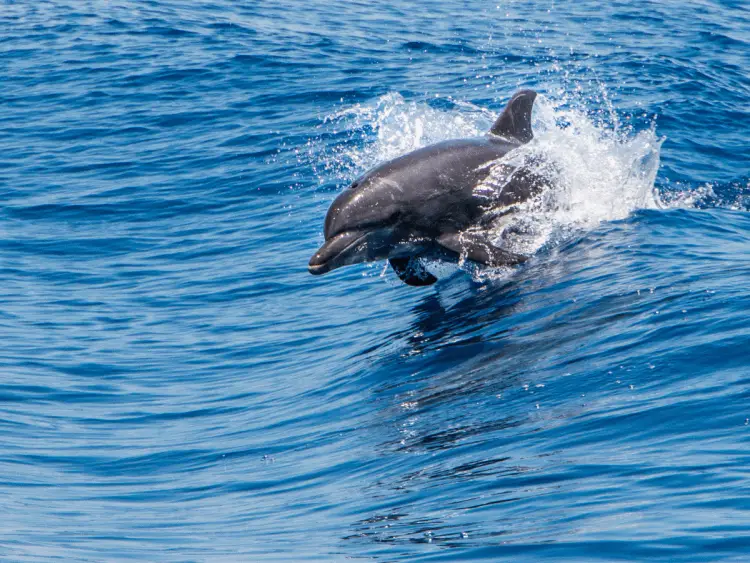
The bottlenose is frequently observed from small boats or on the beach. They are easily identified since they are the biggest of the beaked dolphins. Their sides and back are dark gray, fading to a pinkish-white in their stomach. Bottlenose is subject to a variety of hazards and stresses, including:
-
Pollution
-
Biotoxins
-
Disease
-
Changes in Habitat (e.g., oil spills, recreational fishing, vessel strikes, and freshwater incursions)
Although they are not classified as vulnerable or endangered in the United States, they are protected under the Marine Mammal Protection Act.
Echolocation and Intelligence
The bottlenose may achieve speeds of almost 18 miles per hour in its Natural Habitat. They come to the surface two to three times every minute to breathe. They roam in groups and communicate in their distinctive fashion. They use various squeaks and whistles to communicate with their families. When a dolphin in the pod is wounded, the dolphins band together to help the injured dolphin to the surface.
Such scenarios demonstrate their intelligence. Aside from that, dolphins use echolocation to track their prey. Dolphins produce around 1,000 clicking noises per second, which travel underwater. When the noises strike an item, they return to the dolphins who sent them. This will reveal the location, shape, and size of their prey.
Behavior
Bottlenose dolphin behavior is fascinating. They are renowned for roaming in groups, yet they are also capable of going alone. They get together and reform afterward. Dolphins frequently migrate in the same direction and with the same movement. When bottlenose dolphins are resting, they exhibit methodical breathing, slow movement, and tight group formations.
The categories are commonly divided by gender and age. Their pods range from two to twenty-five dolphins. The recognition of hierarchy among bottlenose dolphins is part of their behavior. Their feeding sequence, location, or configuration in the subgroup may influence their rank in the group. Gentle physical contact, playing, and breeding is all part of their behavior.
Diet
“What do bottlenose dolphins consume?”, you may be thinking. They flourish in a variety of habitats since they are adaptable organisms. They seek food either alone or in groups. Crabs, shrimp, squids, and fish are among their favorite foods.
They feed in a variety of ways, including the following:
-
Echolocation
-
Using sea barriers or sand bars to trap schools of fish
-
Herding fish into groups and then charging them one at a time to feed
Dolphins eat without chewing. They grasp the fish with their mouths. To avoid getting the spines lodged in their throats, they swallow the fish entirely, head first
Reproduction and Lifespan
Their average lifetime is roughly 40 years.” Female dolphins achieve sexual maturity before males. Female dolphins outlast males more often than not, living up to 60 years or more.
They typically begin reproducing between the ages of 5 and 15 years. The age range varies according to the population. Females carry for 12 months and give birth every 3 to 6 years on average. They suckle for around 20 months after birth and stay with their moms for 3 to 6 years.
Habitat
“Where can I find bottlenose dolphins?”
They are most commonly found in temperate and tropical seas across the world. They live in nearshore coastal waters, bays, harbors, deeper seas across the continental shelf, and the open ocean, as previously stated.
Key Takeaway
The common bottlenose dolphin is one of the most often seen dolphins in coastal seas worldwide.It is also found offshore, albeit in smaller numbers than other open-water dolphins such as the short-beaked common dolphin and others. They are incredibly unique and frequently engage with people to inquire. Their intellect is most likely a product of, as well as a cause of, their intricate social systems.
If you want to view bottlenose dolphins up close, you don’t have to travel far. There are a lot of businesses that offer spectacular sunset dolphin rides, where you can learn more about these gregarious animals, take photographs, and have the fun of your life.

